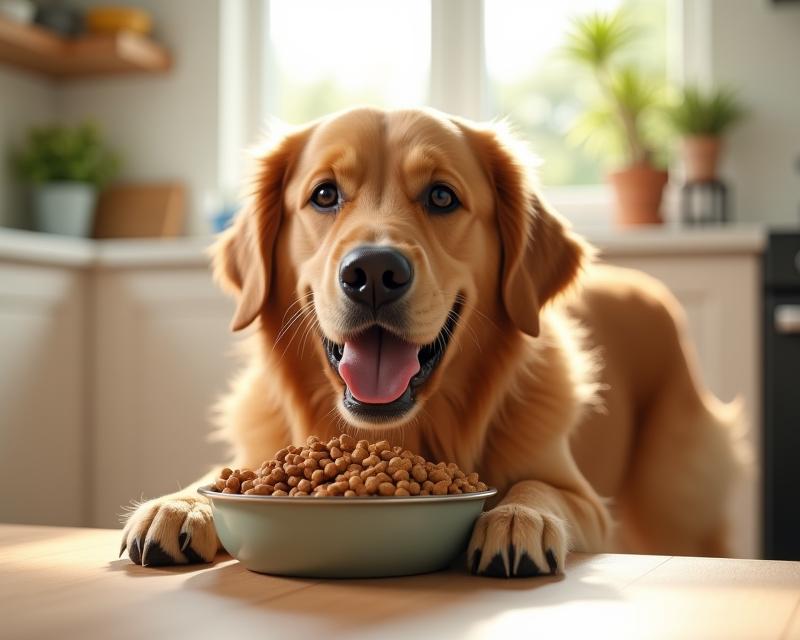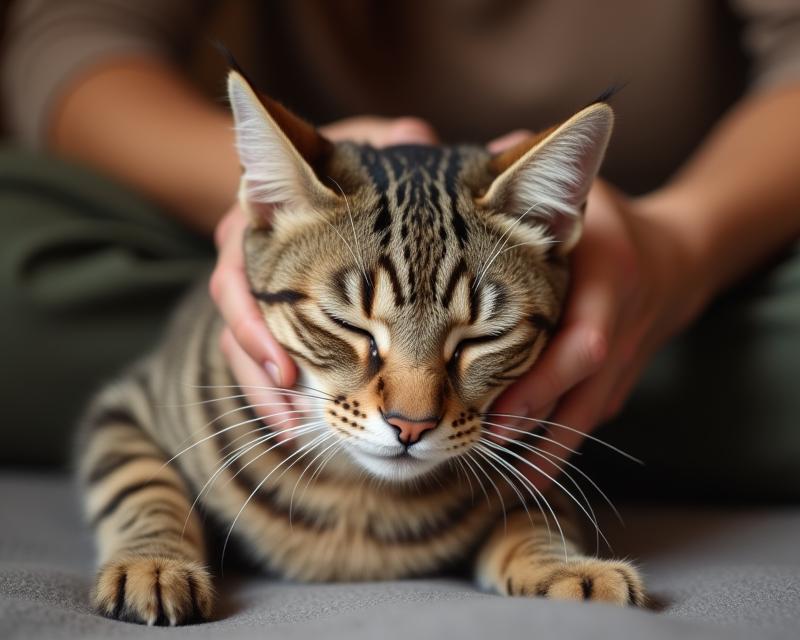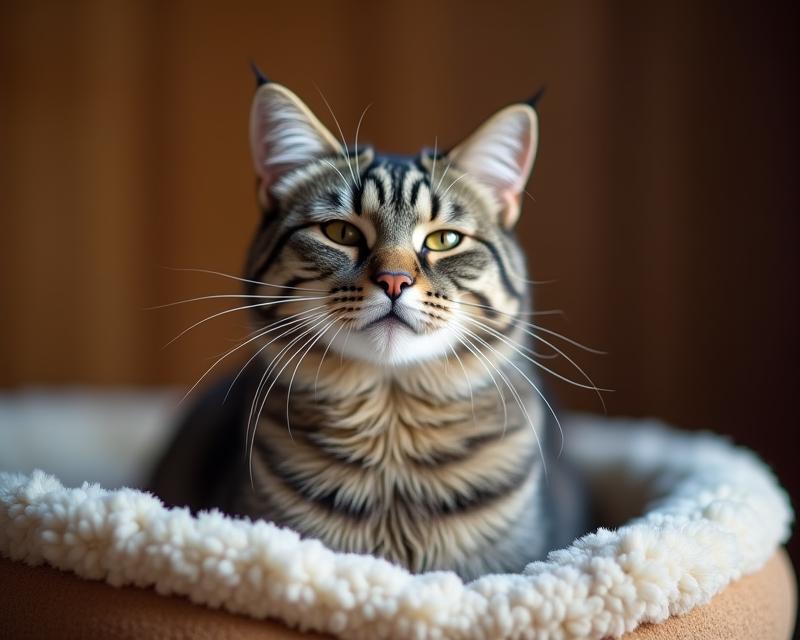Smooth Food Swaps: A Guide to Transitioning Pet Food
Publish in Health el 28/06/2025 23:05
Smooth Food Swaps: A Guide to Transitioning Pet Food
Changing your pet's food can feel a little daunting! It's important to do it right to avoid upset stomachs and keep your furry friend happy and healthy. A sudden switch can cause digestive issues like vomiting or diarrhea, which nobody wants. This guide will walk you through a gradual transition process, ensuring a smooth and comfortable change for your beloved companion.

Why a Gradual Transition Matters
Our pets' digestive systems are sensitive. Abrupt changes in diet can disrupt the balance of bacteria in their gut, leading to discomfort. A slow transition allows their system to adjust to the new ingredients and avoid potential problems. Think of it like changing your own diet – you wouldn't eat a completely different meal every day!
The Gradual Food Transition Plan
- Day 1-3: Mix 75% of their old food with 25% of the new food. This is a gentle introduction.
- Day 4-6: Increase the new food to 50% and decrease the old food to 50%.
- Day 7-9: Continue increasing the new food to 75% and decreasing the old food to 25%.
- Day 10-12: Your pet is now eating 100% of the new food! Monitor their stool for any signs of digestive upset.
It's crucial to observe your pet closely during this process. Look for signs of digestive distress, such as vomiting, diarrhea, or loss of appetite. If you notice any of these, slow down the transition and consult with your veterinarian.
Tips for a Successful Transition
Here are a few extra tips to make the food transition even easier:
- Warm the food: Slightly warming the new food can make it more appealing to your pet.
- Patience is key: Don't rush the process! It may take longer for some pets to adjust.
- Consistent feeding times: Maintain a regular feeding schedule throughout the transition.
- Consult your vet: If your pet has any underlying health conditions, talk to your veterinarian before making any dietary changes. They can provide personalized recommendations.
By following these steps, you can ensure a stress-free and healthy food transition for your pet. A happy tummy means a happy pet!





